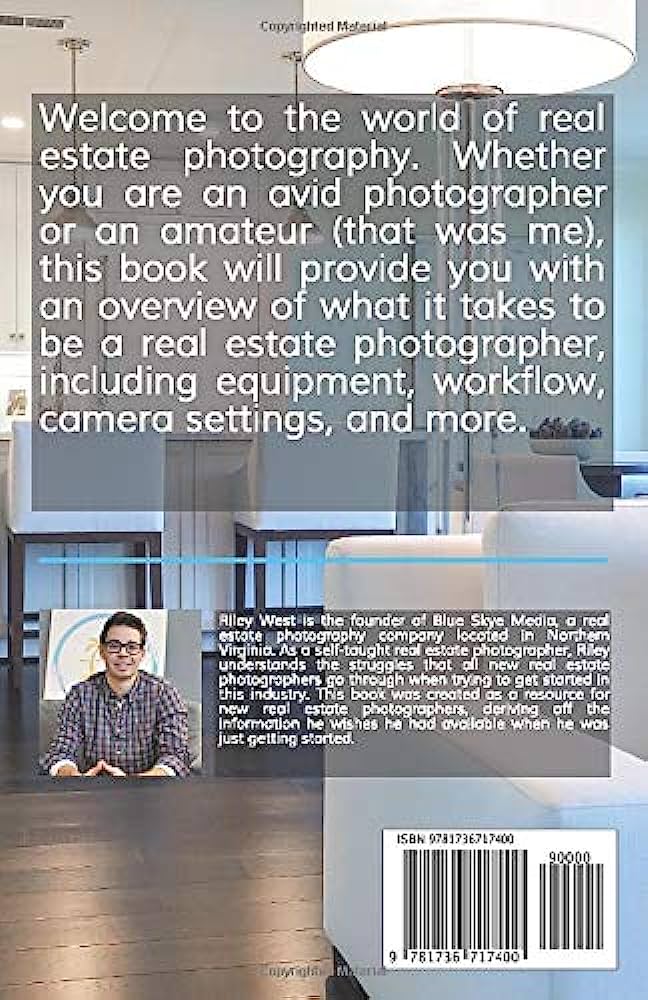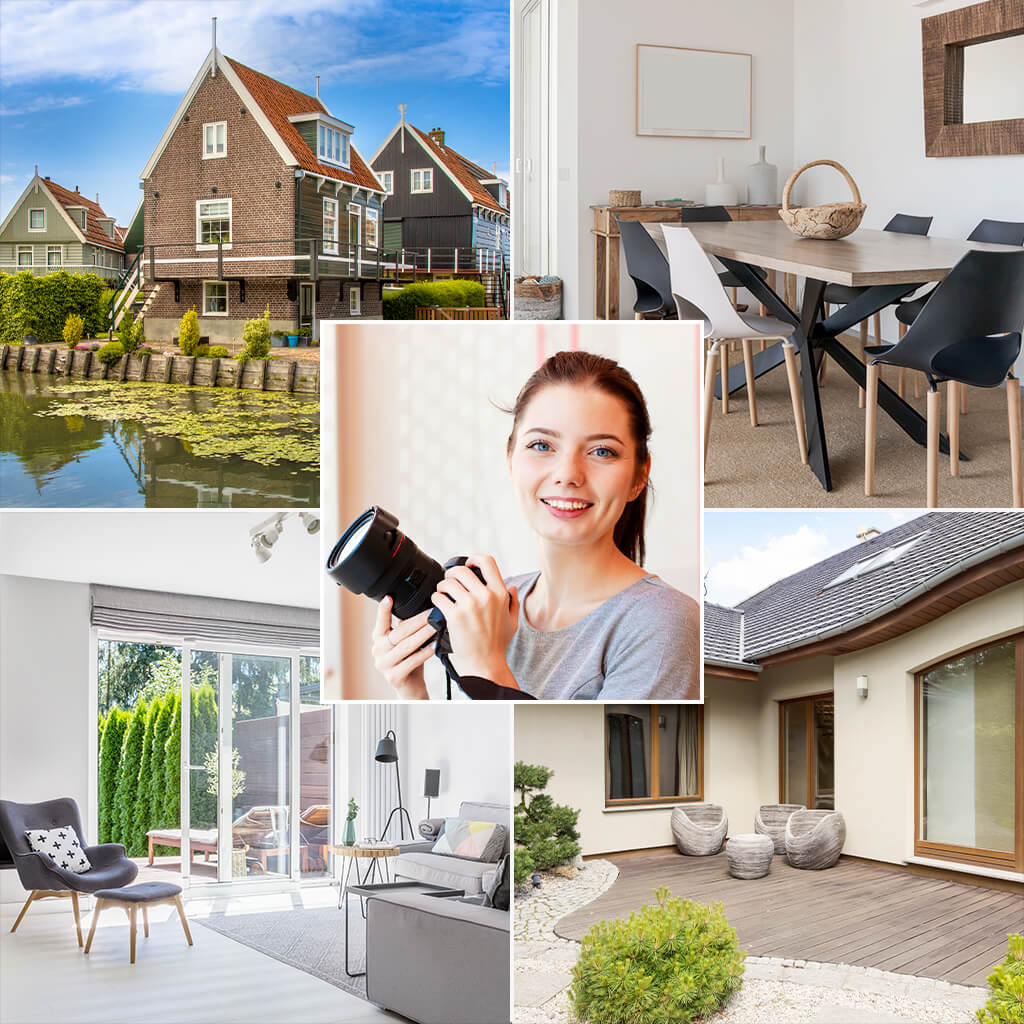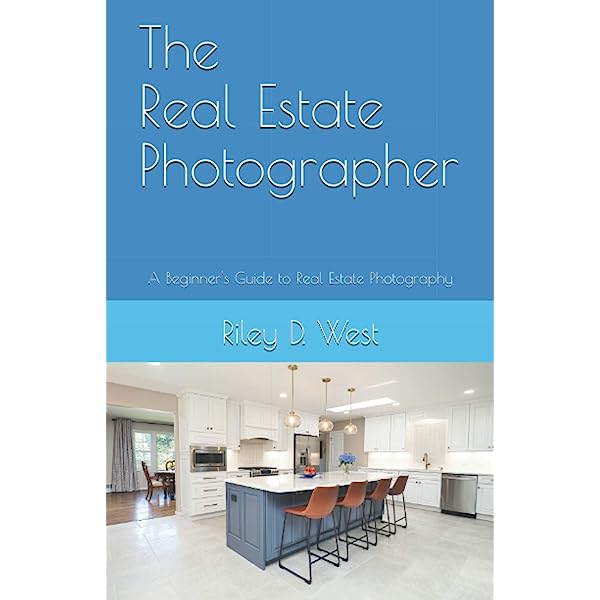Introduction
Real estate photography is a specialized field that focuses on capturing images of properties for marketing and advertising purposes. As a beginner in this industry, it is crucial to understand the fundamentals of real estate photography and its importance in showcasing properties effectively.
What is real estate photography?
Real estate photography involves capturing high-quality images of properties, including both interior and exterior shots. These images are used by real estate agents, homeowners, and property developers to attract potential buyers and renters. It requires specific techniques and equipment to capture the essence of a property and highlight its unique features.
Why is real estate photography important?
In today’s digital age, potential buyers and renters often start their search for a new property online. The quality and appeal of the property’s photographs greatly influence their decision-making process. High-quality images allow buyers to visualize themselves living in the property and can significantly impact their interest in visiting or purchasing the property.
Importance of real estate photography for beginners
For beginners in the real estate photography field, understanding the importance of capturing compelling images is crucial to gaining clients and building a successful business. Investing time in learning the necessary techniques and acquiring the right equipment can make a significant difference in the quality of your work, enabling you to produce images that effectively showcase the properties you are photographing.
real estate photography plays a pivotal role in attracting potential buyers and renters, making it an essential aspect of the real estate industry. As a beginner, mastering this skill can open up various opportunities and set you apart from the competition.
Camera and equipment
When it comes to real estate photography, having the right camera and equipment is essential for capturing high-quality images that will showcase the property in its best light. In this section, I will guide you through choosing the right camera, the essential equipment you will need, and the importance of investing in lenses and tripods.
Choosing the right camera for real estate photography
When selecting a camera for real estate photography, it’s crucial to consider a few key factors. Firstly, opt for a camera with a full-frame sensor, as this will provide superior image quality and better low-light performance. Additionally, a camera with a wide dynamic range will allow you to capture the full range of light and shadow in a scene. Lastly, choose a camera with manual controls, as this will give you greater control over the exposure settings and allow for more creativity in your shots.
Essential equipment for beginners in real estate photography
In addition to a camera, there are a few essential pieces of equipment that all beginners in real estate photography should invest in. Firstly, a sturdy tripod is a must-have item, as it will ensure sharp, properly framed images. Additionally, a wide-angle lens is essential for capturing the spaciousness and angles of the property. Lastly, a remote shutter release will help eliminate camera shake and ensure crisp, blur-free images.
Investing in lenses and tripods
As you progress in your real estate photography journey, investing in high-quality lenses and tripods becomes increasingly important. A wide-angle lens with a focal length between 14-24mm is ideal for capturing the full view of a room or a property’s exterior. Additionally, a tilt-shift lens can be beneficial for correcting perspective distortion in architectural photography. When it comes to tripods, look for sturdy ones that can support the weight of your camera and provide stability for long exposure shots or HDR photography.
By choosing the right camera, investing in essential equipment, and upgrading your lenses and tripods over time, you will be well-equipped to capture stunning real estate photographs that will impress potential buyers and showcase properties in the best possible light.

Understanding lighting
When it comes to real estate photography, one of the most important factors to consider is lighting. Proper lighting can make or break your photos, as it sets the mood and highlights the key features of the property. In this section, I will guide you through different lighting techniques and how to utilize them effectively.
Natural lighting techniques for real estate photography
Natural lighting can provide a beautiful and realistic look to your real estate photos. The key is to shoot during the golden hours, which are the times shortly after sunrise and before sunset. During these hours, the soft, warm light creates a pleasant atmosphere and enhances the property’s charm. Additionally, you can strategically position the windows in the frame to let in as much natural light as possible, avoiding harsh shadows and uneven lighting.
Using flash and artificial lighting in real estate photography
While natural lighting is desirable, sometimes it may not be enough. In such cases, using flash or artificial lighting can help fill in the shadows and balance the exposure. When using flash, it is important to bounce it off nearby surfaces to create a soft and even light. Alternatively, you can use off-camera flash to add depth and dimension to your images. Artificial lighting, such as LED panels or strobes, can also be used to create a desired atmosphere or highlight specific areas of the property.
Mastering HDR photography for stunning results
HDR (High Dynamic Range) photography is a technique that combines multiple exposures to create an image with a wide range of tones and details. This technique is particularly useful in real estate photography, where you often encounter high contrast scenes, such as interiors with bright windows. By merging different exposures, HDR photography allows you to capture both the details in the shadows and the highlights, resulting in stunning and well-balanced images.
understanding and utilizing different lighting techniques is crucial for capturing impressive real estate photos. Whether it’s harnessing the beauty of natural light, using flash and artificial lighting for extra support, or mastering the art of HDR photography, these skills will elevate the quality and appeal of your real estate images. So go ahead, experiment with different lighting setups, and watch your real estate photography skills soar!
Composition and angles
When it comes to real estate photography, composition and angles play a crucial role in capturing stunning shots that effectively showcase properties. As a beginner, understanding the importance of composition will set you on the path to becoming a skilled real estate photographer.
Importance of composition in real estate photography
Composition refers to how various elements are arranged within an image. It is the key to creating visually appealing and balanced photographs. When composing your shots, consider the rule of thirds, which involves dividing the frame into a 3×3 grid and placing the main subject at the intersecting points. This technique adds interest and guides the viewer’s eyes through the image.
Best angles for capturing different rooms in a property
Each room in a property has unique features and characteristics that should be highlighted through the right angles. For instance, wide-angle shots work well in small spaces such as bathrooms or closets, as they make the area appear larger. Capturing bedrooms from the doorway can give a sense of depth and spaciousness. Remember to explore different angles for each room to find the most flattering perspective.
Staging and decluttering for captivating shots
Before starting your photo shoot, it is essential to stage the property and remove any unnecessary clutter. A well-staged room creates an inviting atmosphere and allows the viewer to imagine themselves living in the space. Remove personal items, clear countertops, and arrange furniture in an appealing manner. Pay attention to details such as ensuring straight lines and tidy arrangements.
By understanding and implementing these composition techniques and angles, along with effective staging and decluttering, you can create captivating shots that highlight the best features of a property. Start experimenting with different compositions and angles to add depth and visual interest to your real estate photographs.

Editing and Post-processing
When it comes to real estate photography, editing and post-processing play a crucial role in enhancing your images and making them stand out. In this section, I will guide you through choosing the right editing software for beginners, basic editing techniques to enhance your real estate photos, and common mistakes to avoid during post-processing.
Choosing the right editing software for beginners
As a beginner, it’s important to choose an editing software that is user-friendly and offers a wide range of editing tools. Adobe Lightroom is an excellent choice for beginners, as it offers a simple and intuitive interface along with powerful editing capabilities. Other popular options include Capture One and Luminar.
Basic editing techniques for enhancing real estate photos
Once you have chosen the right editing software, it’s time to learn some basic editing techniques. Start by adjusting the exposure, contrast, and white balance to ensure accurate colors and balanced lighting. Then, use the cropping tool to remove any distractions and create a pleasing composition. Don’t forget to straighten the horizons and remove any lens distortions. Lastly, apply sharpening and noise reduction to enhance the details and reduce digital noise.
Common mistakes to avoid in post-processing
While post-processing can greatly enhance your images, it’s important to avoid common mistakes that can ruin the final result. One common mistake is over-editing, where images become unnatural and unrealistic. Another mistake is failing to maintain consistency in editing, which can make your real estate portfolio look unprofessional. Lastly, make sure to save your edited photos in the appropriate file format and resolution to ensure high-quality output for your clients.
Capturing Exteriors
When it comes to real estate photography, capturing the exteriors of properties is just as important as capturing the interiors. Potential buyers often form their first impression based on the exterior photos, so it’s essential to make them eye-catching and enticing. Here are some tips to help you capture the best exterior photos for real estate listings.
Highlighting Landscaping and Curb Appeal
One important aspect of capturing exteriors is showcasing the landscaping and curb appeal of the property. Take the time to photograph well-maintained lawns, beautifully landscaped gardens, and any unique features that make the property visually appealing. This will give potential buyers a sense of pride and desirability for the property.
Dealing with Challenging Weather Conditions
Sometimes, you may have to deal with challenging weather conditions when capturing exterior photos. Whether it’s rain, snow, or a gloomy day, it’s crucial to adapt and make the best of the situation. Use natural light to your advantage, and consider capturing the property from different angles or at different times of the day to find the most flattering lighting conditions.
Remember, capturing exteriors is all about emphasizing the property’s visual appeal and enticing potential buyers. With these tips in mind, you’ll be well on your way to capturing stunning exterior photos that will leave a lasting impression.

As a beginner in real estate photography, capturing the interiors of properties can be both exciting and challenging. In this section, I will share essential tips to help you master the art of photographing interiors, highlighting key features and addressing common challenges.
Essential tips for photographing interiors of properties
When photographing interiors, it is crucial to showcase the property’s best features and details. Start by decluttering the space and arranging furniture in an appealing manner. This will create a clean and inviting atmosphere in your photos.
Pay attention to lighting. Natural light is your best friend, so open curtains and blinds to let it in. However, be mindful of harsh shadows, and consider using additional lighting sources like lamps or flashes to balance out the exposure.
Remember to compose your shots carefully. Choose angles that capture the room’s depth and perspective. Wide-angle lenses are particularly effective in showcasing spaciousness.
Addressing common challenges in interior photography
One common challenge in interior photography is capturing accurate colors. Experiment with white balance settings to ensure that the colors in your photos look true to life.
Another challenge is dealing with reflections and glare. To minimize these, try adjusting your shooting angle or use a polarizing filter.
capturing the interiors of properties requires careful attention to detail and an understanding of lighting and composition. By following these essential tips and overcoming common challenges, you will be well on your way to creating stunning real estate photographs. So grab your camera and get ready to showcase the beauty of properties through your lens!
Conclusion
In conclusion, real estate photography is a valuable skill for beginners looking to enter the industry. By following these tips and investing time and effort into improving your photography skills, you can greatly enhance your chances of success.
Summary of Real Estate Photography Tips for Beginners
Throughout this guide, I have shared various tips to help beginners excel in real estate photography. Firstly, it is essential to invest in high-quality equipment, such as a digital camera with wide-angle lenses, a sturdy tripod, and external lighting sources. Furthermore, mastering composition techniques, such as utilizing the rule of thirds and capturing interesting angles, can significantly enhance the visual appeal of your photographs. Additionally, proper staging and careful attention to detail, such as removing clutter and ensuring proper lighting, are essential for creating stunning images. Finally, by utilizing editing software to enhance your photos and showcasing your work through a professional portfolio or website, you can further differentiate yourself in the competitive real estate photography market.
Benefits of Investing in Real Estate Photography Skills
Investing in real estate photography skills offers numerous benefits. By providing high-quality images, you can attract potential clients and increase your chances of securing lucrative contracts. Moreover, having a strong portfolio showcasing your abilities can help establish your reputation in the industry, leading to increased business opportunities. Additionally, gaining expertise in this field allows you to work flexibly, either as a freelance photographer or as part of a real estate agency. Ultimately, by continuously learning and growing in the field of real estate photography, you can build a successful and fulfilling career.
So why wait? Start honing your photography skills today and unlock a world of possibilities in the exciting field of real estate photography!
Comments are closed